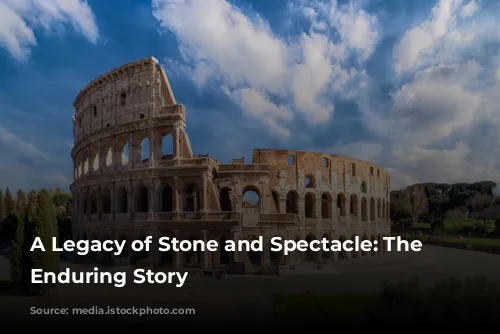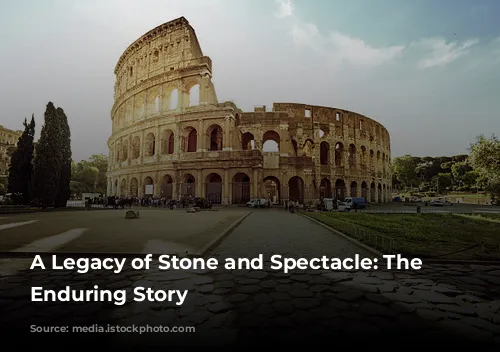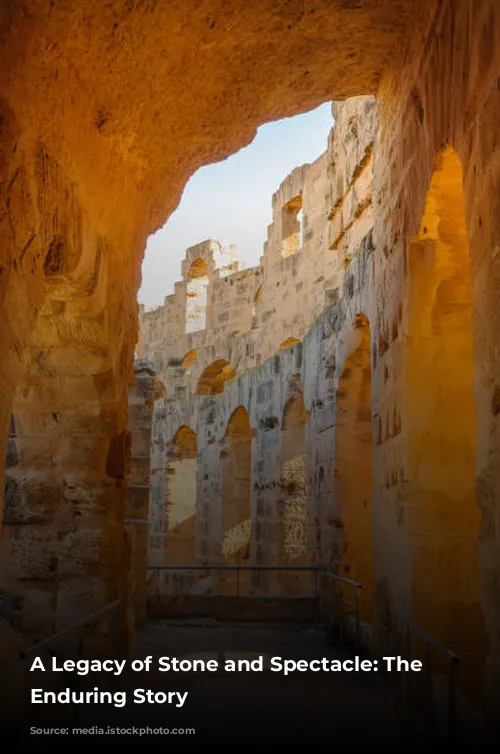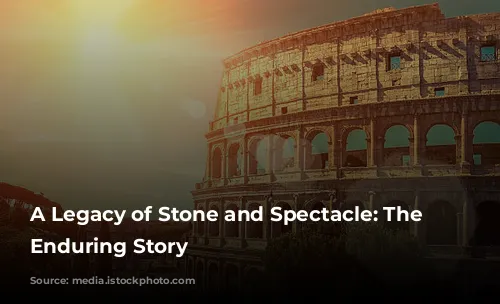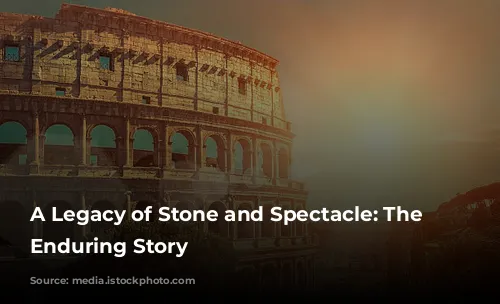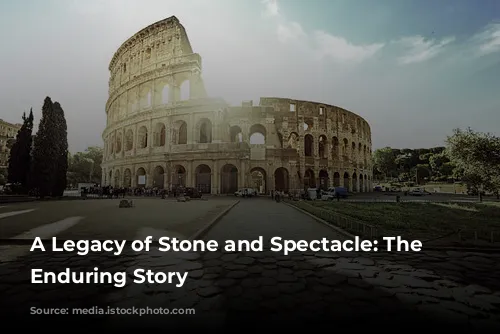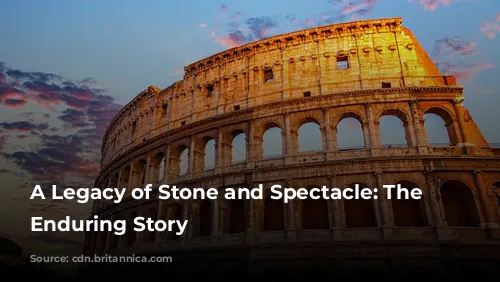The Colosseum, a majestic monument standing in the heart of Rome, is a testament to the architectural and engineering brilliance of the Roman Empire. More than just a relic of the past, it is a thriving tourist destination, drawing millions of visitors each year and contributing significantly to Italy’s economy.
The Colosseum’s journey from a bustling arena to a crumbling fortress and back again is a fascinating reflection of the changing fortunes of Rome itself. Its glorious past, filled with the thrill of gladiatorial combats and grand spectacles, stands in stark contrast to the years of neglect that followed the fall of the Roman Empire.
A Symbol of Power, Built on Blood and Stone
The Colosseum’s construction, begun during the reign of Emperor Vespasian between 70 and 72 CE, was a bold statement of imperial power. It was a deliberate act of rejuvenation after the turbulent “Year of the Four Emperors,” a period of political upheaval and instability.
Vespasian envisioned the Colosseum as a center of entertainment, a place where Romans could witness gladiatorial contests, animal hunts, and even mock naval battles. It was a grand spectacle designed to captivate the masses and solidify the emperor’s authority.
The arena’s construction, financed by the spoils of war from the destruction of Jerusalem, served as a poignant reminder of Rome’s dominance. The use of enslaved Jewish laborers from Judea to build the Colosseum adds a layer of complexity to the story, highlighting the empire’s ruthless exploitation of conquered peoples.
A Monument Transformed: From Glory to Ruin and Back
The Colosseum’s magnificent facade, adorned with intricate carvings and soaring arches, is a breathtaking example of Roman architectural prowess. Its sheer scale, capable of holding over 50,000 spectators, is a testament to the engineering genius of the Romans.
While the Colosseum stood as a symbol of Roman might for centuries, its fate was intertwined with the decline of the empire. Following the fall of the Western Roman Empire, the Colosseum fell into disrepair, becoming a target for vandals and scavengers.
The arena was repurposed as a fortress, a quarry, and even a church, a sad testament to its long period of neglect. However, in the 19th century, a renewed appreciation for the Colosseum emerged, leading to a series of restoration efforts that continue to this day.

A Timeless Symbol of Ancient Rome
The Colosseum, despite the ravages of time and the neglect it endured, has emerged as a powerful reminder of the enduring legacy of ancient Rome. Its architectural grandeur, its connection to a fascinating and complex past, and its enduring popularity as a tourist destination all contribute to its enduring relevance.
Today, the Colosseum is a living museum, a testament to the ingenuity and the grandeur of the Roman Empire. It invites us to travel back in time, to imagine the roar of the crowds, the clash of gladiators, and the spectacle that once unfolded within its walls. The Colosseum, a symbol of Rome’s past, present, and future, continues to captivate and inspire generations.


